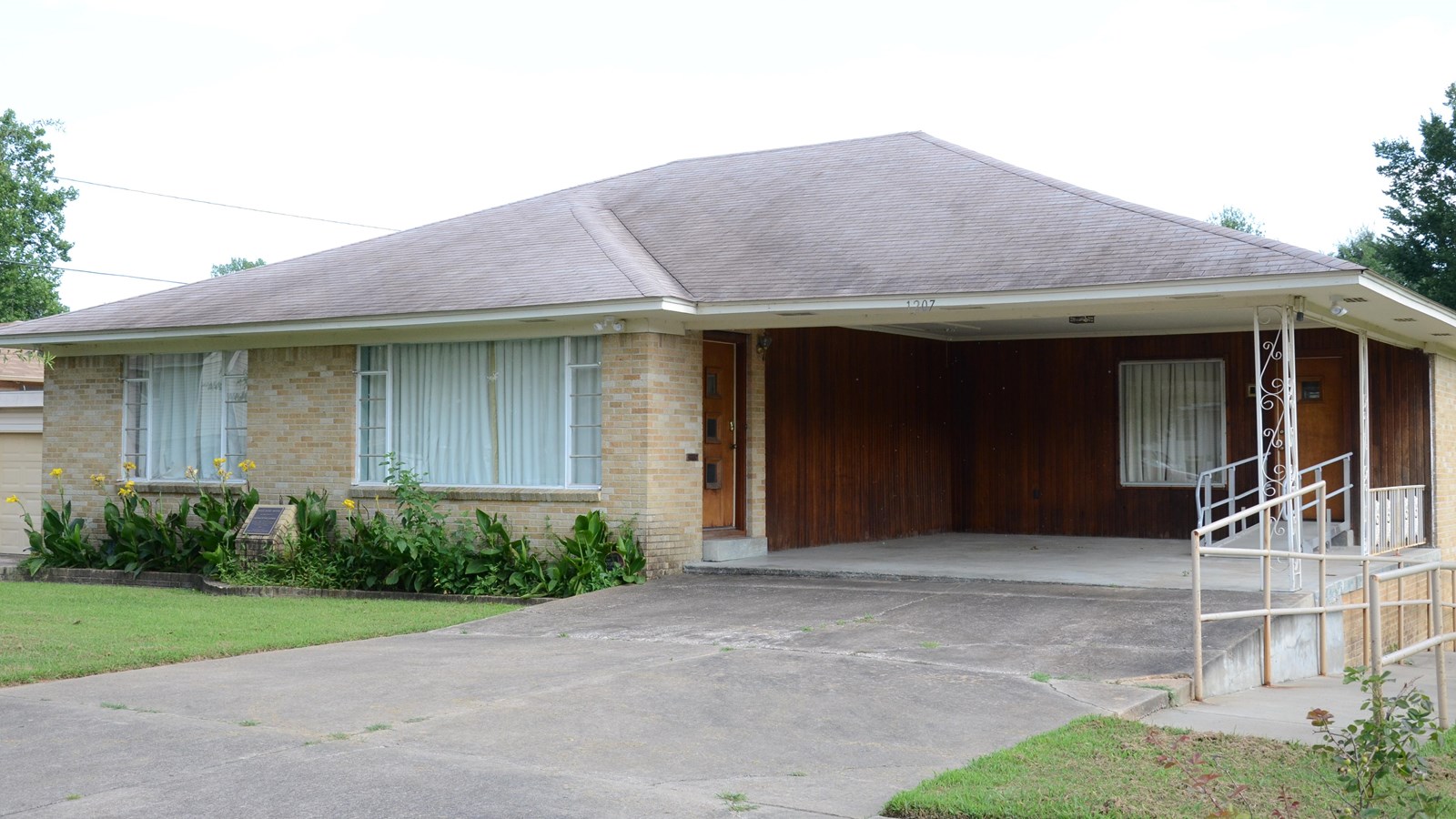A note about pictures throughout this blog: not all of these will be great! That's because my main focus is hearing from the people who are sharing their stories. In most cases, I take these to capture the information on plaques, or to help me remember all I've seen.
May 21, 2021
Canton Freedom House is about ten miles outside of Jackson, MS. It's a civil rights museum that shrinks the decades between the Freedom Summer and today. This is a place that was the headquarters for the Congress of Racial Equality (CORE), and was also used by the Student Non-Violent Coordinating Committee (SNCC, pronounced "snick").
 |
| George and Rembert Washington |
George and Rembert Washington are pictured above in front of the store they owned and ran. They also owned the building across the street, which became the Freedom House. Like many who were active in the civil rights movement across the south, the Washingtons' business and buildings were attacked, and Mr. Washington was arrested and fined for 'offenses' like trash-burning.
 |
The Freedom Summer was in 1964, with its focus mainly on registering voters in the South. Poll taxes, literacy tests, intimidation, violence, and straight up murder were some of the tactics that Southern whites used to keep Black voters away from the polls. Only 7 percent of Black Mississippians were registered--the lowest level in the nation.
The formation of the Mississippi Freedom Democratic Party was also a focus of the Freedom Summer agenda, along with the establishment of Freedom Schools. The Freedom House in Canton is the only such place that has survived, and its curators, who were young teens at the time, remember the activities, the comings and goings of Dr. King, James Meredith (he integrated University of Mississippi), Fannie Lou Hamer, James Farmer, Kwame Ture (Stokely Carmichael), and others.
During my visit, curator Wesley Rushing told me the personal story of moving to Canton when he was about eleven. Up until then, his family had been sharecroppers on a plantation in the Delta. Because the landowner cheated the farmers, they always 'owed' the owner money at the end of each year. The plantation had a creek running around it, and there was only one way on and off--right past the owner's house. So they couldn't just move without paying what was 'owed'--$900. The family borrowed the money from friends in Canton, paid the owner, and moved off the plantation.
This is a common sharecropper's story, and many sharecroppers, like Fannie Lou Hamer, were evicted from their homes and what little livelihood they had when they registered to vote, or took part in any of the rights activities. Just outside of Selma, civil rights workers built a tent city for sharecroppers who had been evicted after taking part in marches. The National Park Service has some personal stories here.
Wesley Rushing said he never finished high school because working as a sharecropper meant he could only attend school in December and January, when there was less work to be done. He was so far behind in school, he wouldn't have graduated until his early twenties, and he was already being badly taunted by schoolmates. He went to work in a steel mill and retired with a good salary.






